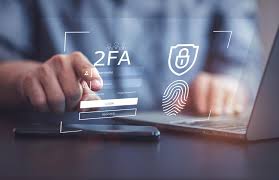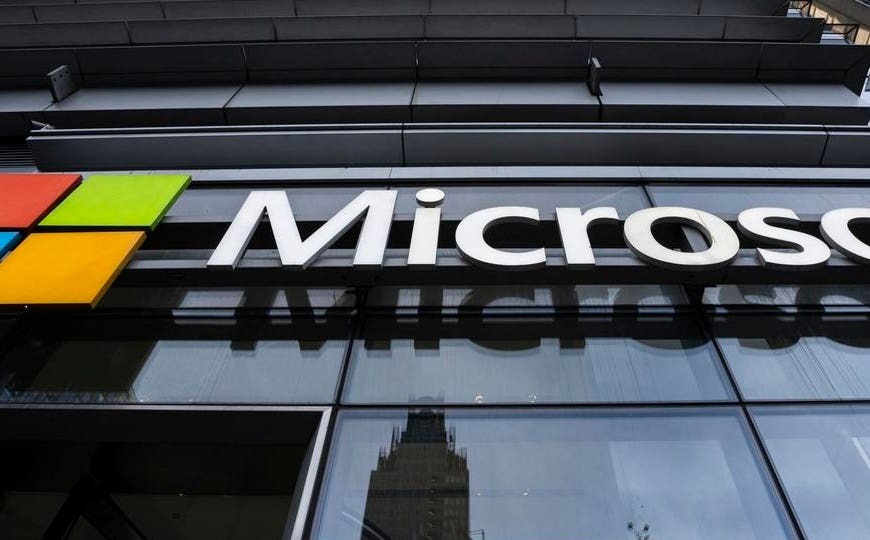Microsoft has announced a major overhaul in how its services handle user authentication, signaling the impending removal of traditional password-based logins for over one billion users. This shift aligns with broader industry trends toward enhanced security measures and ease of use, as tech companies recognize the vulnerabilities inherent in passwords. While the transition away from passwords is not entirely surprising, given Microsoft’s previous strides toward passwordless technology, the scale and speed of this change have captured global attention.

The decision to phase out passwords stems from years of research and development aimed at addressing the flaws in conventional security protocols. Passwords, once the cornerstone of digital security, have increasingly become a liability. They are prone to being weak, easily guessed, or reused across multiple platforms, creating significant security risks. Even complex passwords are susceptible to breaches through phishing attacks, data leaks, or brute-force methods. Microsoft’s move is an effort to mitigate these risks by introducing a more robust and user-friendly authentication model.
At the core of this transition is the growing adoption of passwordless technologies such as biometrics, PINs, and multi-factor authentication (MFA). These methods leverage tools like Windows Hello, Microsoft Authenticator, and security keys to provide users with secure and seamless access. Unlike passwords, which can be stolen or compromised, these technologies rely on unique identifiers such as fingerprints, facial recognition, or one-time codes that significantly reduce the risk of unauthorized access.
The timeline for this transformation has been carefully crafted, with Microsoft introducing passwordless options in stages over the past few years. The first major step came in 2019 with the launch of Windows Hello, a feature that allows users to log into their devices using facial recognition, fingerprint scanning, or a PIN. This was followed by the integration of Microsoft Authenticator, a mobile app that generates one-time codes and notifications for secure access.
In addition to these tools, Microsoft has actively encouraged the use of hardware-based security keys. These small devices, which connect via USB or NFC, offer an additional layer of security by requiring physical possession for access. By combining these technologies, Microsoft aims to eliminate the weaknesses of traditional passwords while enhancing the overall user experience.
A key factor driving this shift is the rise in cyberattacks targeting password-based systems. The increasing frequency and sophistication of attacks have exposed the vulnerabilities of even the most carefully managed password databases. High-profile breaches have compromised millions of accounts, highlighting the urgent need for stronger security measures. Microsoft’s decision to transition to passwordless authentication is a direct response to this growing threat landscape.
For users, the transition brings both benefits and challenges. On the positive side, passwordless authentication simplifies the login process by eliminating the need to remember complex passwords. It also enhances security by reducing the attack surface for cybercriminals. However, the shift requires users to adopt new technologies and workflows, which may initially seem daunting.
To ease the transition, Microsoft has provided detailed guidance and support resources. These include step-by-step instructions for setting up passwordless accounts, troubleshooting common issues, and understanding the benefits of the new system. By empowering users with the tools and knowledge to adapt, Microsoft aims to make the process as seamless as possible.
The broader implications of Microsoft’s decision extend beyond its immediate user base. As one of the largest tech companies in the world, Microsoft’s adoption of passwordless authentication sets a precedent for the industry. Other companies are likely to follow suit, accelerating the shift toward a future where passwords are no longer the primary means of securing digital identities.
In fact, the push for passwordless authentication has gained significant traction across the tech sector. Companies like Google, Apple, and Amazon have also introduced similar measures, recognizing the need for more secure and user-friendly solutions. The collective efforts of these industry leaders are reshaping the digital security landscape, paving the way for a more secure online environment.
For businesses and organizations, the transition presents both opportunities and challenges. On one hand, passwordless authentication reduces the risks associated with password management, including phishing attacks and account takeovers. On the other hand, implementing these technologies requires investment in new infrastructure, training, and support.
To navigate these changes, businesses are encouraged to adopt a phased approach, starting with high-priority accounts and gradually expanding to other areas. This allows organizations to address potential challenges early in the process while minimizing disruption. Additionally, businesses should consider leveraging Microsoft’s enterprise-grade security tools, which include features like conditional access policies and threat analytics.
The long-term benefits of passwordless authentication are clear. By eliminating passwords, organizations can significantly enhance security, reduce operational costs associated with password resets, and improve user satisfaction. For individuals, the shift offers a more secure and convenient way to access digital services, free from the frustrations of forgotten passwords or security breaches.
As the transition unfolds, it is important to recognize that the move away from passwords is not without risks. For example, the reliance on biometrics raises questions about privacy and data security. Unlike passwords, biometric data is unique to each individual and cannot be changed if compromised. This underscores the need for robust safeguards to protect biometric information from unauthorized access.
To address these concerns, Microsoft has implemented strict security measures for storing and processing biometric data. For instance, Windows Hello uses local storage to keep biometric templates on the user’s device, rather than transmitting them to external servers. This ensures that sensitive data remains secure, even in the event of a breach.
Looking ahead, the shift to passwordless authentication represents a significant milestone in the evolution of digital security. While challenges remain, the benefits far outweigh the risks. By embracing these technologies, Microsoft is not only enhancing its own security posture but also setting a new standard for the industry.
For users, the transition marks the beginning of a new era where accessing digital services is both simpler and more secure. Whether you are a casual user or a business professional, the move to passwordless authentication offers a glimpse into the future of digital interactions. As the industry continues to innovate, the days of remembering long and complex passwords may soon become a thing of the past.
Microsoft’s decision to phase out passwords for over one billion users is a bold step that underscores its commitment to security and innovation. By leveraging cutting-edge technologies and providing users with the tools to adapt, the company is paving the way for a safer and more efficient digital experience. As the world moves toward a passwordless future, this shift serves as a reminder of the importance of embracing change and staying ahead in an ever-evolving digital landscape.










Add Comment